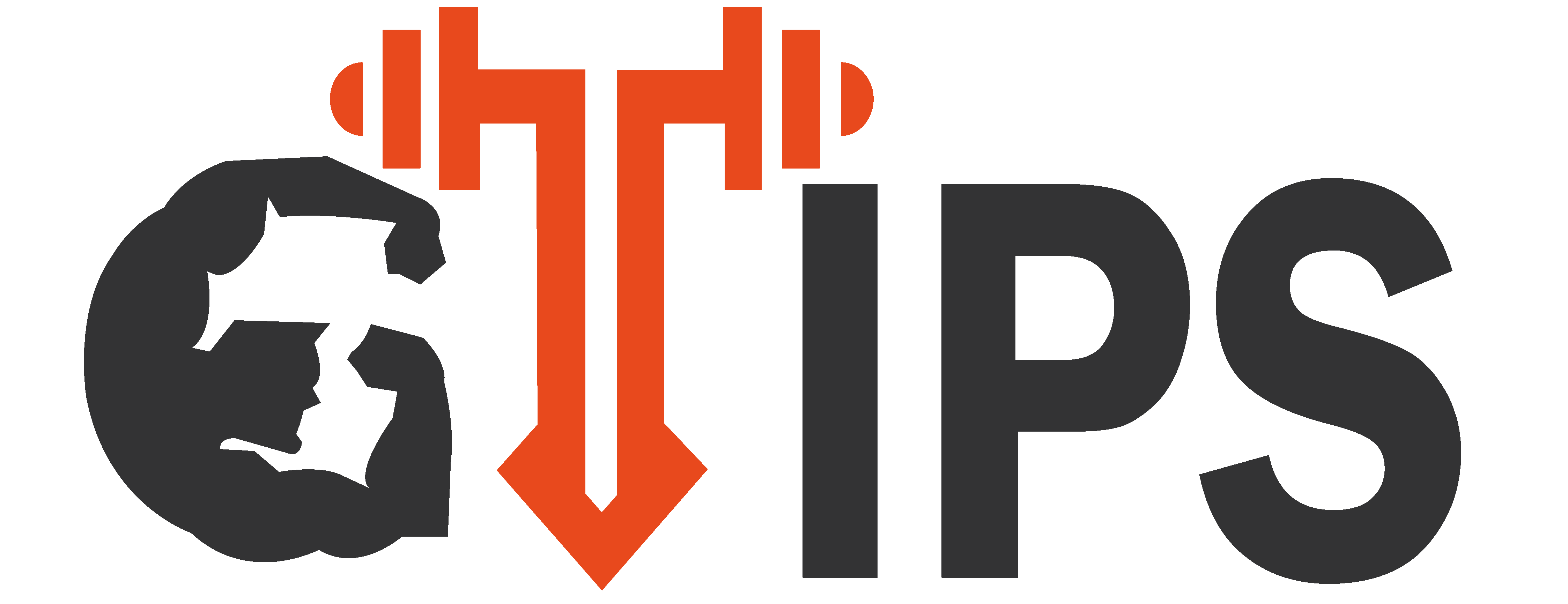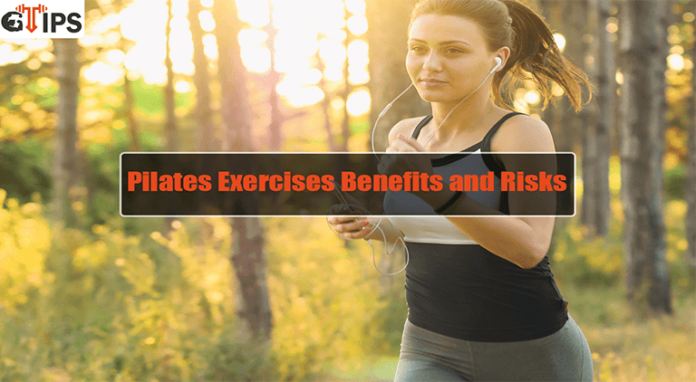In recent years, Pilates has gained popularity as a gentle exercises technique that helps improve core strength, flexibility and body awareness. The modality was developed by Joseph Pilates in the early 1900s and consists of the activation of the deep central muscles, postural alignment and control of movement. Nevertheless, even though the advantages of performing Pilates exercises are widely recognized, as is the case with any form of physical exercise there are chances of injury or some adverse effects if the exercise is done incorrectly. In this guide, we will assist you in understanding Pilates exercises benefits and risks so that you make proper decisions in your journey.
Benefits of Pilates Exercises
1. Core Strength and Stability
An important point to note as far as the Pilates exercise benefits and risks is its enhanced core strength. In Pilates, a strong core is developed by working the inner abdomen, small of the back and the pelvic area. Core stability improves balance, posture and comes in handy in reducing the chances of facing injuries when performing other workouts or in daily activities.
2. Improved Flexibility
Because Pilates elongates and stretches the muscles, they can help flexibility over time. Instead of performing high intensive exercises like some high intensity training, Pilates encourages the individual to move slowly and with more control while extending the body which promotes safe and effective extension of the body. This is particularly beneficial to people who tend to feel tight or have a limited range of motion due to long periods of inactivity, desk work or repeating the same tasks over and over again. Additionally, many people often make some common gym mistakes, such as neglecting proper form or overexerting themselves, which can move to injury, something Pilates helps to save by focusing on good movements.
3. Better Posture and Alignment
Bad posture is a great contributor of chronic pain especially in the neck, shoulders and lower back regions. Pilates focuses more on alignment thereby educating the body on how to do more with less effort in workouts and while conducting daily chores. This will eventually help to fix muscle asymmetry and improve the postural problems.
4. Low-Impact, Gentle on Joints
The good news is that one of the recognizable Pilates exercises benefits is that it is low impact. This is the reason why Pilates is highly recommended to individuals who are in the process of recovering from an injury, adults suffering from joint pain or arthritis or those seeking to exercise without putting too much excessive weight on the joints. It can also be used for those just starting and can be done differently for those who are disabled.
5. Enhanced Mind-Body Connection
Similar to other exercises, Pilates also requires concentration and focus. Thus, the undertaking becomes as mental work as it serves as a physical exertion. The drills done and concentration of breathing enable the person to have better body body awareness and awareness of their movements. Building this type of mental connection can contribute to improved mindfulness, resolution of stress, and wellbeing in general.
Risks of Pilates Exercises
It is correct that education will also inform the readers about some advantages of Pilates exercises. However, one would be wise to note that performing any exercise that is not within accepted parameters carries certain risks as well.
1. Incorrect Form Can Lead to Injury
As with any workout, bad technique in Pilates can lead to injuries, especially when people focus on doing Pilates for the first time. Since Pilates is highly related to controlling and strengthening the core, poorly executed techniques would use up muscle accessory, mainly the neck, lower back as well as shoulders. This kind of danger is further exacerbated when the practitioners seek to perform advanced movements without sufficient instructions.
2. Overexertion
Pilates gives the impression that it is a careful practice of slow movement of body and its parts, however people can sometimes strain under the pressure of their own determination, especially when quick changes are put on improving flexibility or strength. Physical overexertion is always the reason for muscle strain or pre-mature soreness. Self-control in all measures is the best approach in every setting.
3. Pre-existing Conditions
Pilates is a low-resistance exercise, elderly patients with osteoporosis or herniated disks as well as chronic back pain may find participation in particular movements dangerous. For patients with medical conditions this is especially important because there is always a risk of aggravation of the condition or developing new problems at all.
4. Limited Calorie Burn
To remain competitive one of the Pilates exercisers risks that some fitness and health fanatics could take note of is lesser calories burnt in a slow manner compared to a HIIT or fast weight loss running. However, while Pilates is great for gaining strength and enhancing posture, this form of exercise cannot be recommended if losing weight or burning calories is the prime aim of the workout.
How to Minimize Risks
1. Start Slow and Progress Gradually
As a beginner, it is imperative to begin with simple workouts first, so as to be able to add power later on in the training, and only then attempt the harder moves. When progressions are done too fast without gradual building up the strength, the risk of injury increases, and the benefits which one could derive from Pilates may be limited.
2. Use a Qualified Instructor
Enrolling in a class engaging with a qualified instructor of Pilates will enable one to grasp the basic principles taught, as well as enhance the ability to execute the movements accurately. Teachers are able to align techniques, give just the appropriate approach for the patient, and work on injury prevention.
3. Listen to Your Body
It is all about control and precision for Pilates and not about rushing. One must pay attention to the signals that the body is giving out instead of always attempting to go beyond it. When doing such an exercise, if you feel a discomfort or pain, you ought to stop and change the exercise or seek help from someone professional.
4. Combine Pilates with Other Workouts
Though there are certain benefits of exercising through Pilates, it would be prudent to do a combination of Pilates and other exercises when one wants to achieve a good fitness regimen. You may want to include aerobic and cardio exercises, resistance training, and, or muscle toning exercises as they would make the overall fitness better and aim to minimize any potential hazards of Pilates exercises risk.
Conclusion
A type of exercise that offers a lot of advantages is Pilates. It improves body core strength and elasticity, posture and even mental well-being. Nevertheless, just like any other workout, some Pilates exercises benefits and risks are also involved, especially when the exercises are done in the wrong way or without the necessary help. By doing this, focusing on a certified teacher and paying attention to your body, maximum Pilates exercises benefits will be gained with minimum potential risks of harm.




